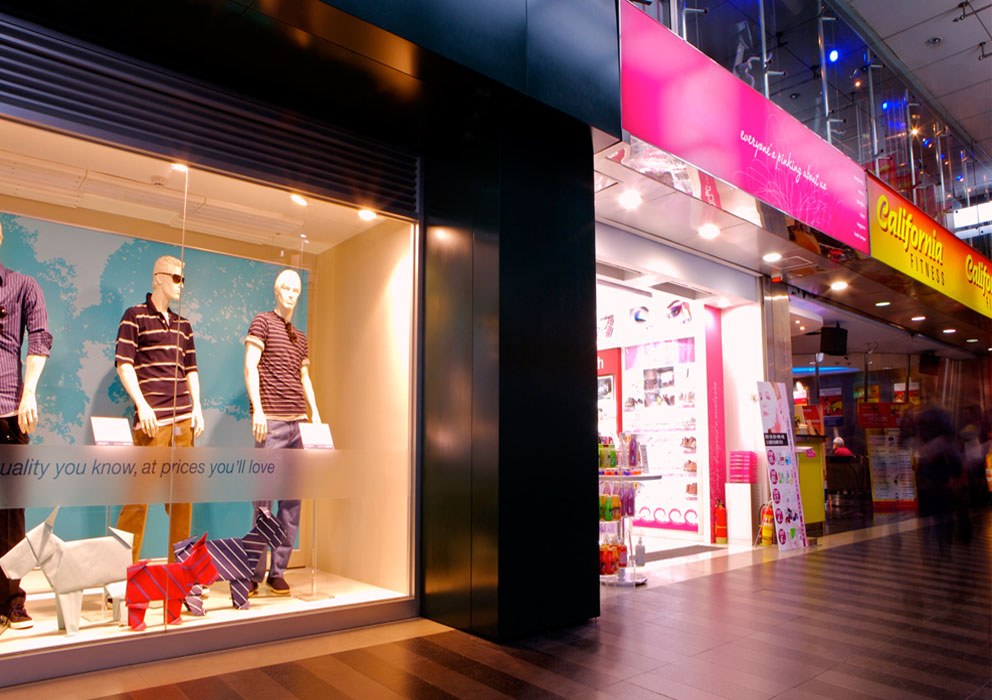Retailers are getting ready for one of the busiest shopping days of the year, Black Friday and Cyber Monday. This period typically is a good indicator of the health of retail consumption. In-store sales slightly fell in the United States last year, but online deals rose by double digits according to data published by Adobe Analytics. Cyber Monday 2017 was in fact the largest online sales day in history representing more than $6.5 billion in revenue. Big winner was Amazon who captured more than half of online transactions according to Hitwise.
Amazon briefly surpassed the $1 trillion market cap in September of this year before slipping and became the second publicly listed company achieving this milestone. Amazon’s success stems from the so-called Amazon effect: ongoing innovation and disruption of the retail market, both online and in physical stores. Consumers all over the world are shifting towards online shopping. However, according to a recent survey, more than 70% of consumers would prefer to shop at a brick and mortar (“B&M”) Amazon store versus Amazon.com. Something that should worry the competition, therefore, is that Amazon is changing into a brick and click (“B&C”): a retail business model that combines online services with physical stores. The large cap from Seattle acquired Whole Foods last year to get into B&M stores. The announcement of Amazon buying Whole Foods caused a huge sell-off of related stocks.
It is not only online retailers that are adopting the physical world. Some well-established B&M retailers such as Best Buy are implementing successful multi-channel strategies in order to compete with the internet. Best Buy started to successfully restructure their business more than five years ago by focusing on differentiation through customer service, shutting down stores and growing its online presence.
The annualised performance in dollar terms of these B&Cs has been impressive over the last five years. Amazon (+45.0%), for example, strongly outperformed the S&P 500 index (+14.0%). Multi-channel retailers seem not only to do well financially, but have significant sustainable advantages as well. The two main sustainable benefits, according to Candriam’s research paper, are a reduction in carbon emissions and an increased customer experience.
Sustainable benefits on online retail
In comparison to traditional shopping, e-commerce is much more efficient in terms of carbon emissions. Unfortunately, no retailing model is carbon-free. For online retailers, packaging is the major source of emissions (65%), while transport is the main component (80%) for offline retailers[1]. The e-commerce logistics model eliminates individual vehicle emissions, which account for about two-thirds of total emissions from the traditional shopping experience[2]. Moreover, it is estimated that home deliveries by parcel carriers are a staggering twenty-four times more energy-efficient than when customers use their own cars[3]. For this reason, Candriam grants an ESG bonus to pure online stocks in the best-in-class analysis for their funds and ETFs. Two examples of European online retailers in Candriam’s sustainable IndexIQ ETF range that receive such a bonus are Asos and Zalando. Both retail companies score relatively well on climate change and resource depletion due to the e-commerce bonus and, thus, receive a higher global macro ESG score than the sector average.
Customer experience matters
Customers like to touch and feel the things they buy. When online entrepreneurs realized that customers like physical stores, they started to adopt B&M stores. Zalando, classified by Candriam as a “leading” sustainable company in the retail sector, is transitioning from being a pure online player to a company that combines online services and physical outlets. The German retailer is setting up carefully designed showrooms to enhance customer experience. They already have shops in Berlin, Frankfurt, and Cologne and are planning to open more physical outlets. Zalando also uses big data to enhance the customer experience. Several other factors can offset the environmental benefits of e-commerce, e.g., the company’s returns policy. At Candriam, quality & safety assurance is one of the five key points in the sustainability analysis of the retailing sector, since this can drastically impact the shopping experience and future sales. Engaging with companies to identify their customer service and strategy therefore plays an important part in the ESG assessment.
Conclusion
The business models of both pure online and offline players are tending to disappear, to the benefit of multi-channel retail companies such as Amazon, Best Buy and Zalando. The best-in-class analysis at Candriam entails a balanced approach, taking into account different sustainable micro and macro factors which could impact a company’s ESG profile. Climate change and customer loyalty are two of these factors. The brick and click model has the potential to lower a firm’s carbon footprint and improve its shopping experience and, therefore, it is Candriam’s view that it is the winning sustainable retailing model.
[1] Candriam. Environmental benefits of E-commerce versus brick-and-mortar retailing: reality or illusion?, 2017
[2] Weber, C., Hendrickson, C., Jaramillo, P., Matthews, S., Nagengast, A., & Nealer, R. (2008). Life cycle comparison of traditional retail and e-commerce logisitics for electronic products: a case study of buy.com. Working Paper, Carnegie Mellon, Green Design Institute.
[3] Edwards Julia, B., McKinnon Alan, C., Cullinane Sharon, L. Comparative analysis of the carbon footprints of conventional and online retailing: a “last mile” perspective, 2010
